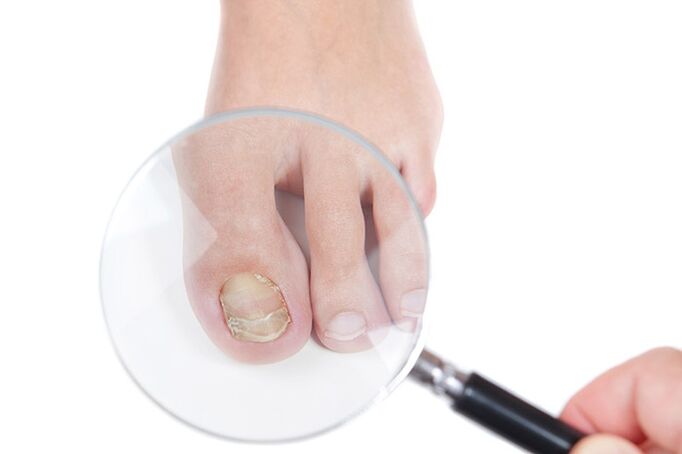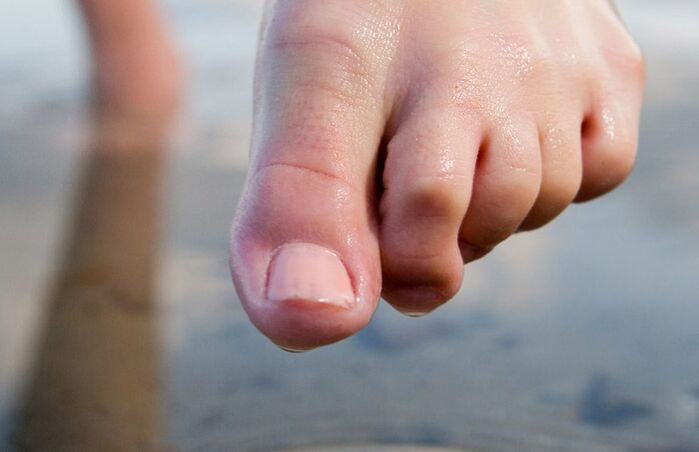
In scientific literature, the fungus is called "ringworm". A narrow specialist who deals with this problem is called a mycologist. If you encountered a fungus for the first time and went to the doctor on time, a regular therapist will prescribe treatment. The mycologist is only consulted in the most advanced cases. There are two types of mycoses:
- superficial (on the skin, nails, mucosa);
- deep or systemic (involving deeper tissues).
Medicines for this group of infections are also divided into local and systemic. The first are applied directly to the affected area, the second are taken orally in the form of tablets, syrups and capsules. If you spend a whole month greasing your nails with ointment, but there is no benefit from it, you cannot do without taking medications internally.

"We often hope that it will go away on its own, " says the famous doctor and presenter of his own programs about the disease. - But medical science does not know such a case when a fungus appeared on the nail and then disappeared on its own. This doesn `t happen. Either you will live with it all your life or, under the guidance of a doctor, you will undergo appropriate treatment. Some antifungal medications cause liver complications. Of course, if you choose between a healthy nail and a healthy liver, most will choose the liver. But if we use medicines carefully and under the supervision of a doctor, we don't risk anything. "
Prevention
If a fungal infection is a recurring story for you, pay attention to preventive measures. Doctors advise adhering to the following rules.
- Pay close attention to your clothes and shoes. Socks should be cotton and fit loosely on your feet. They need to be changed regularly. Be sure to wash in hot water. Disinfect your shoes with special sprays. Boots should be given time to dry between uses. It's best if you have three pairs of shoes for each season. And, of course, shoes and underwear must be strictly individual. You can't walk around the apartment in shared slippers or wear expensive shoes for a friend.
- Hygiene products must also be individual. Everyone knows a separate foot towel. But think about it: does each member of your family have a separate manicure set? It is best to buy several scissors and files, never exchange them or borrow one from another.
- Excess moisture should not be allowed. After all, this is an ideal environment for the spread of fungi. Always dry with a towel after bathing. Don't wear the same socks and shoes after a run. Dry your shoes well. If necessary, use powdered dry foot deodorant.
- Take care of your immunity. The fungus can appear on anyone's skin. But a healthy body will have enough strength to overcome it and the infection will not manifest itself in any way. Frequent mycoses may indicate that your immune defenses have decreased. The immune system can be negatively affected by taking antibiotics or anti-inflammatory hormones.
- Don't confuse cleanliness and sterility. Hygiene is hygiene, but you shouldn't treat your feet three times a day with antibiotic ointment for no reason. Such measures should only be taken after medical prescription. Bacteria and fungi on the skin of the feet live in a state of balance. By destroying all bacteria, we allow fungi to multiply uncontrollably.

How to treat?
Advertising offers us many local medicines. In addition to having different compositions, they are also available in different forms. Drops, varnishes, ointments, creams. . . And there are corresponding pills for them too.
Advice.Creams and ointments are inconvenient for treating nails. You will have to apply them to a cotton pad, apply them to the nail and then seal them with a bandage. Most medications require twice a day, which means the entire procedure will have to be repeated. As for the varnish, it can simply be applied with a brush, and the solution can be dripped and left for a while until it dries.
Your doctor will tell you the specific name of the medicine. Ask him to indicate not only the trade name of the medicine, but also the international name of the active substance. In this way, you can choose in the pharmacy not only a specific and expensive product, but also its cheap analogue.
Topical medications are available under dozens of trade names. All of them are not cheap. The price is largely due to the fact that one bottle or tube is enough for the entire treatment of one nail.
Attention!Most medications need to be used until you have healthy nails. The rate of nail growth is an individual characteristic of each organism. But for most people this will take at least six months. So be prepared for a long treatment.
If these remedies are not enough, the doctor will select the appropriate tablets for you, which will enhance the effect of ointments and varnishes. They are quite toxic products. But that doesn't mean they should be neglected. You just need to use them with extreme caution and at the same time constantly monitor the condition of the liver. The course of these medications is usually intermittent so that the body has time to rest.

Despite the possibility of serious side effects, you should not stop treatment midway when you notice the first signs of improvement. The doctor must stop the medicine. Otherwise, there is a high probability that the fungus will return. At the same time, it is possible that he will develop resistance to the medication he has been prescribed. And then the doctor will have to prescribe large doses or an even more toxic drug.
Therefore, despite advertising claims, treating nail fungus is a difficult task. You may run the risk of trying to resolve it by self-medicating at home. But it's best to seek help from a doctor. He will prescribe topical medications suitable for you. If they do not help, the doctor will advise the use of systemic medications. The pills have some side effects. But if you use them under the constant supervision of a specialist, you can get rid of the problem without causing any harm to the body.























